Space exploration has always been an expensive and risky endeavor. It requires years of planning, cutting-edge technology, and much money to send a spacecraft into space and explore the unknown. While some missions have been successful, others have failed miserably, resulting in billions of dollars lost. This article will look at the 12 most expensive space missions ever undertaken.
From the Mars Curiosity to the Space Shuttle Program, these missions represent some of the most ambitious and groundbreaking feats of human engineering. Join us as we delve into the fascinating world of space exploration and discover the true cost of reaching for the stars. Whether you are a space enthusiast or just curious about the world beyond our planet, this list will captivate and inspire you.
12. Mars Curiosity
Organization: NASA
Duration: 2011 to 2023
Status: Operational
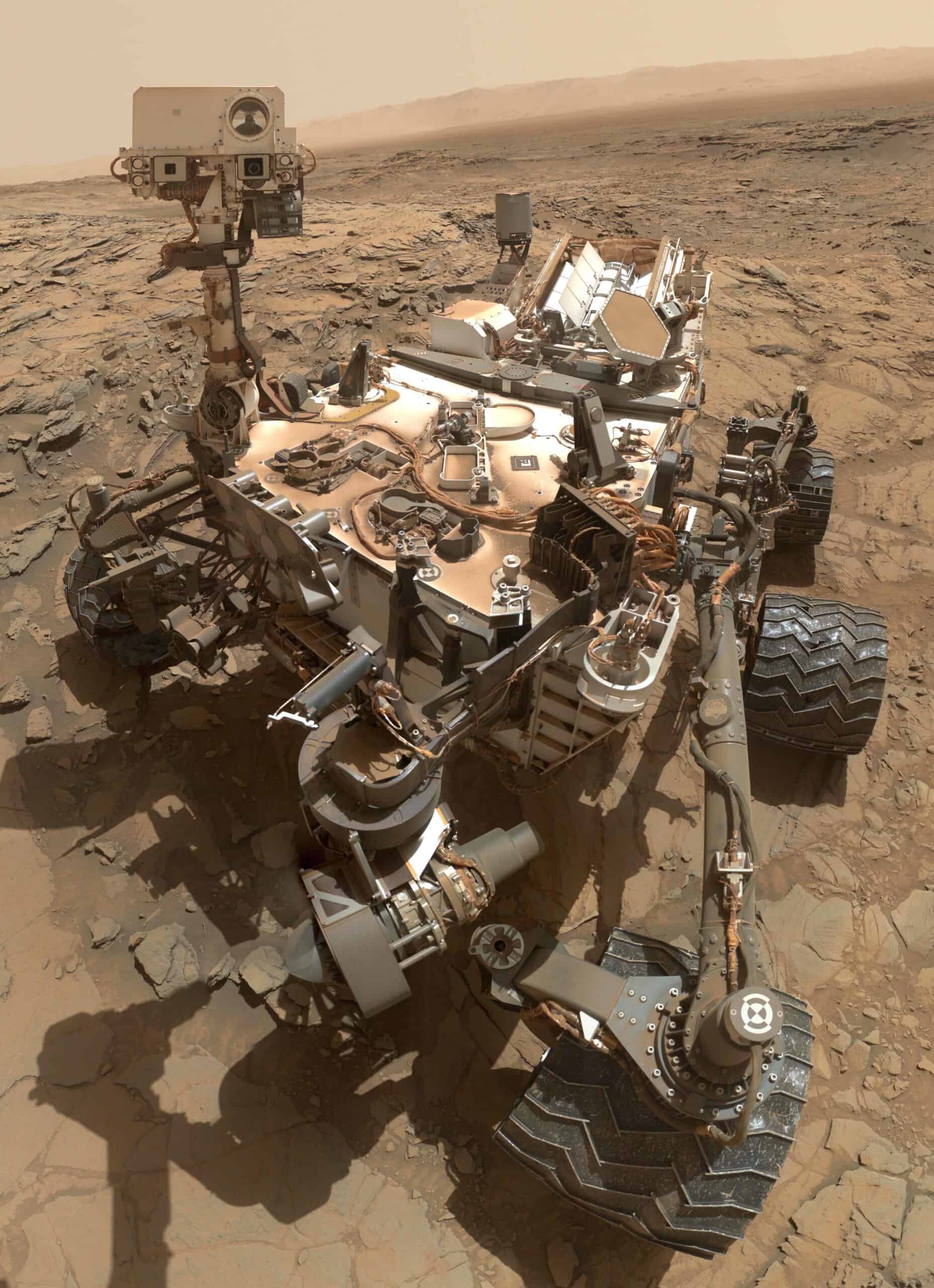
The Mars Curiosity rover, a remarkable space mission conducted by NASA, has been a significant scientific exploration and financial investment undertaking. With a cost of approximately $2.5 billion, the mission represents a substantial commitment by NASA to study the Martian surface and unlock its mysteries.
Launched on November 26, 2011, this rover embarked on its journey to the Red Planet. After a thrilling entry, descent, and landing process, it successfully touched down on Mars’ Gale Crater on August 6, 2012. Initially planned for a primary mission duration of two years, the rover has exceeded expectations, continuing to operate and collect valuable scientific data for over a decade.
Did You Know?
Curiosity is known for taking “selfies” on Mars. The rover’s Mars Hand Lens Imager (MAHLI) camera is positioned on a robotic arm and can capture images of itself and its surroundings.
11. Cassini-Huygens
Organization: NASA, European Space Agency (ESA), Italian Space Agency (ASI)
Duration: 1997 to 2017
Status: Completed
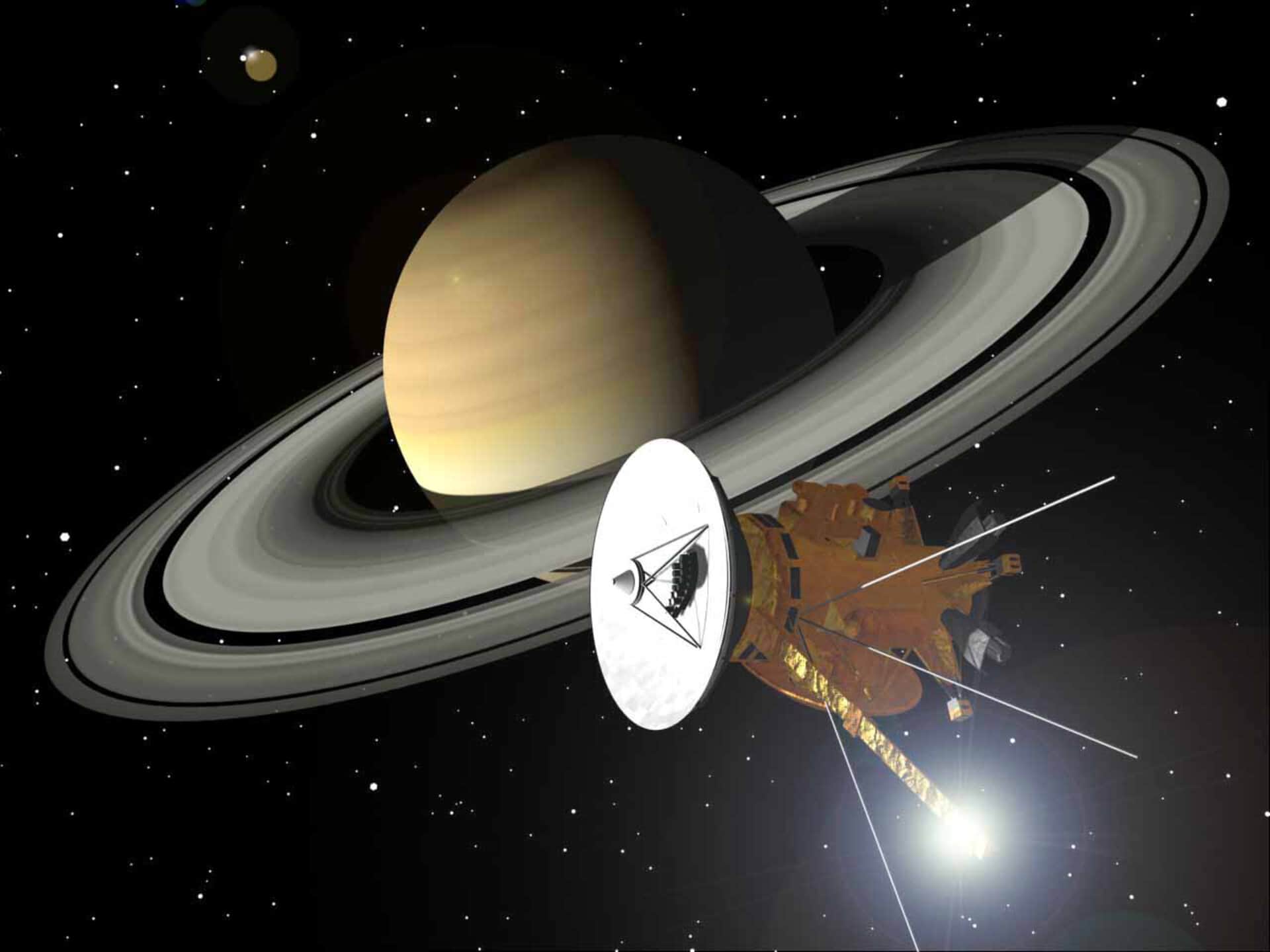
The Cassini spacecraft was equipped with various scientific instruments to observe Saturn’s atmosphere, rings, and magnetosphere. It made numerous significant discoveries, including exploring Saturn’s moons, Enceladus and Titan. Enceladus was found to have geysers of water erupting from its surface, indicating the presence of subsurface liquid water and the potential for habitability. On the other hand, Titan was revealed to have complex organic chemistry and lakes of liquid methane and ethane.
After its release from Cassini, the Huygens probe successfully descended through Titan’s atmosphere and transmitted valuable data about the moon’s atmosphere and surface. It provided the first close-up observations of Titan, revealing a diverse landscape with mountains, valleys, and channels.
Did You Know?
The Cassini-Huygens mission greatly expanded our understanding of Saturn, its rings, and its moons.
10. Mir Orbital Station
Organization: Soviet Union, Russia
Duration: 1986 to 2001
Status: Completed
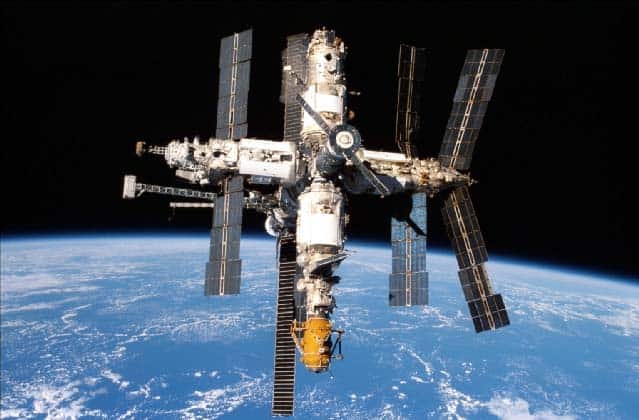
The Mir Orbital Station, initially undertaken by the Soviet Union and later continued by Russia, was a significant space mission from 1986 to 2001, totaling 15 years of human presence in space and costing approximately $4.2 billion. Functioning as a versatile research facility, the Mir Orbital Station accommodated a multitude of cosmonauts and international astronauts.
The Mir station substantially contributed to scientific research across various disciplines throughout its operational tenure. It facilitated groundbreaking experiments and observations in fields such as physics, biology, astronomy, and human physiology, all conducted within the unique conditions of microgravity.
Did You Know?
It holds the record for the longest continuous human presence in space, with over 4,592 days.
9. Global Navigation Satellite System
Organization: Russian Federation
Duration: 1982 to present
Status: Operational
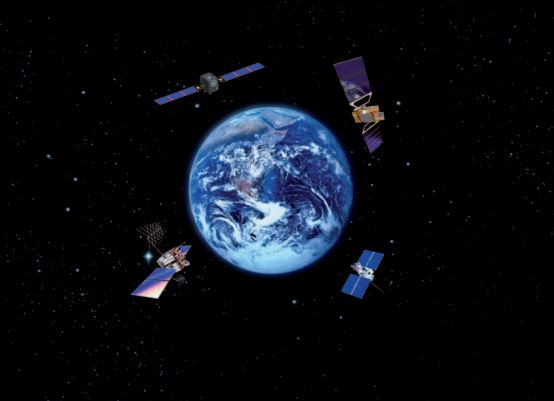
The Global Navigation Satellite System (GNSS) is a constellation of satellites that provides positioning, navigation, and timing services to users worldwide. It enables accurate and reliable positioning information for various maritime, aviation, surveying, transportation, and personal navigation applications.
GNSS systems operate by utilizing a network of satellites in orbit around the Earth. These satellites continuously broadcast signals received by GNSS receivers on the ground or in other vehicles. By calculating the time it takes for the signals to travel from multiple satellites to the receiver, along with the known positions of the satellites, the GNSS receiver can determine its precise location.
Did You Know?
GNSS systems are widely used for precise time synchronization.
8. Galileo Satellite Navigation System
Organization: EUSPA, ESA
Duration: 2011
Status: Initial services
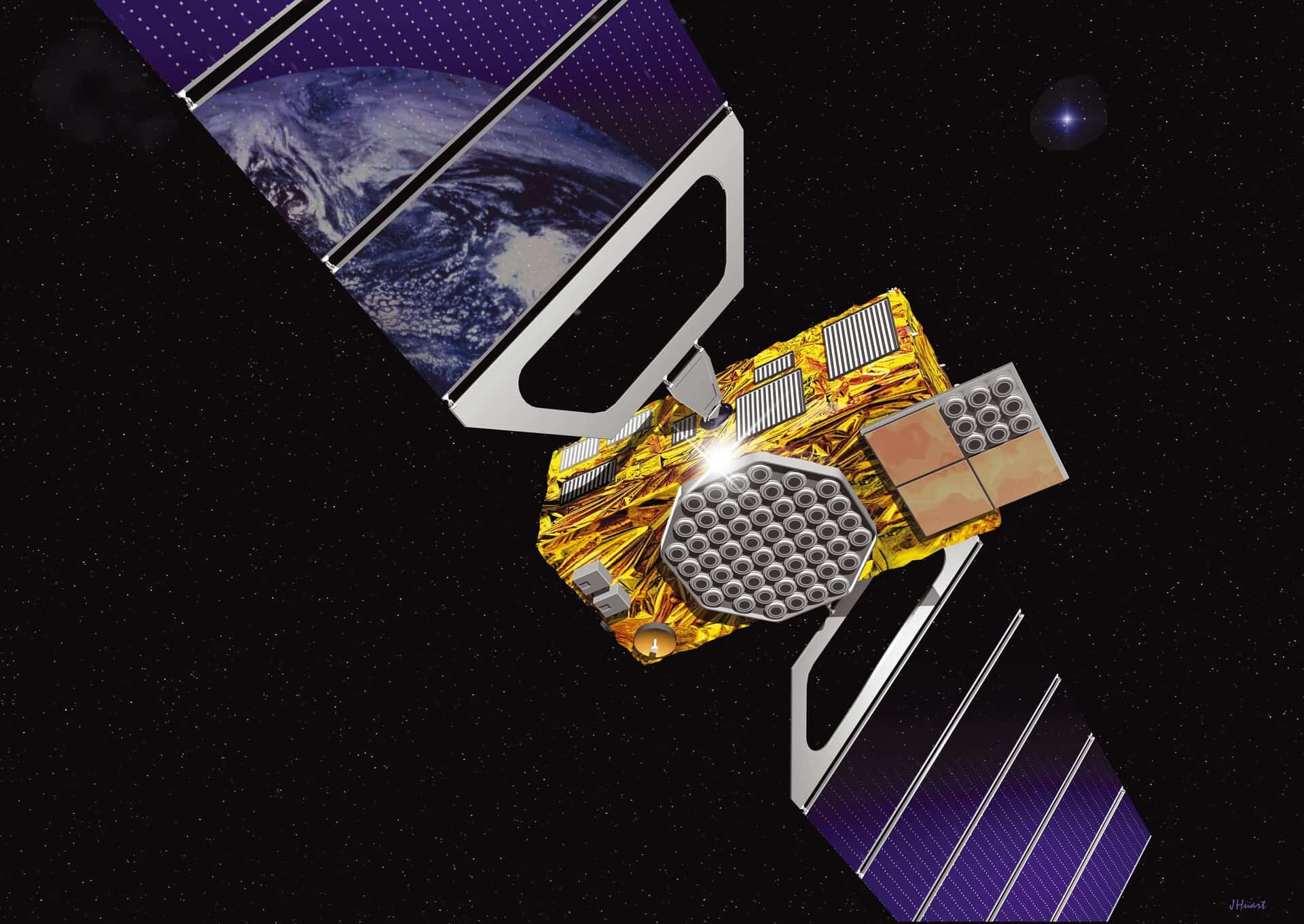
The Galileo Satellite Navigation System is a global navigation satellite system developed by the European Union and operated by the European Union Agency for the Space Programme (EUSPA) in collaboration with the European Space Agency (ESA). The Galileo system aims to provide users with highly accurate and reliable positioning, navigation, and timing services worldwide.
The development and deployment of the Galileo system began in 2011, with an estimated cost of $6.3 billion. It represents a significant investment by the European Union to establish an independent navigation system that reduces reliance on other GNSS systems like GPS. Currently, Galileo has achieved the status of “Initial Services.” This means a constellation of satellites is operational and broadcasting signals, allowing users to access positioning and timing information.
Did You Know?
The Galileo system supports various applications, including maritime navigation, aviation, road transportation, agriculture, surveying, and personal navigation devices.
7. James Webb Space Telescope
Organization: NASA, ESA, CSA
Duration: 2021 to present
Status: Operational
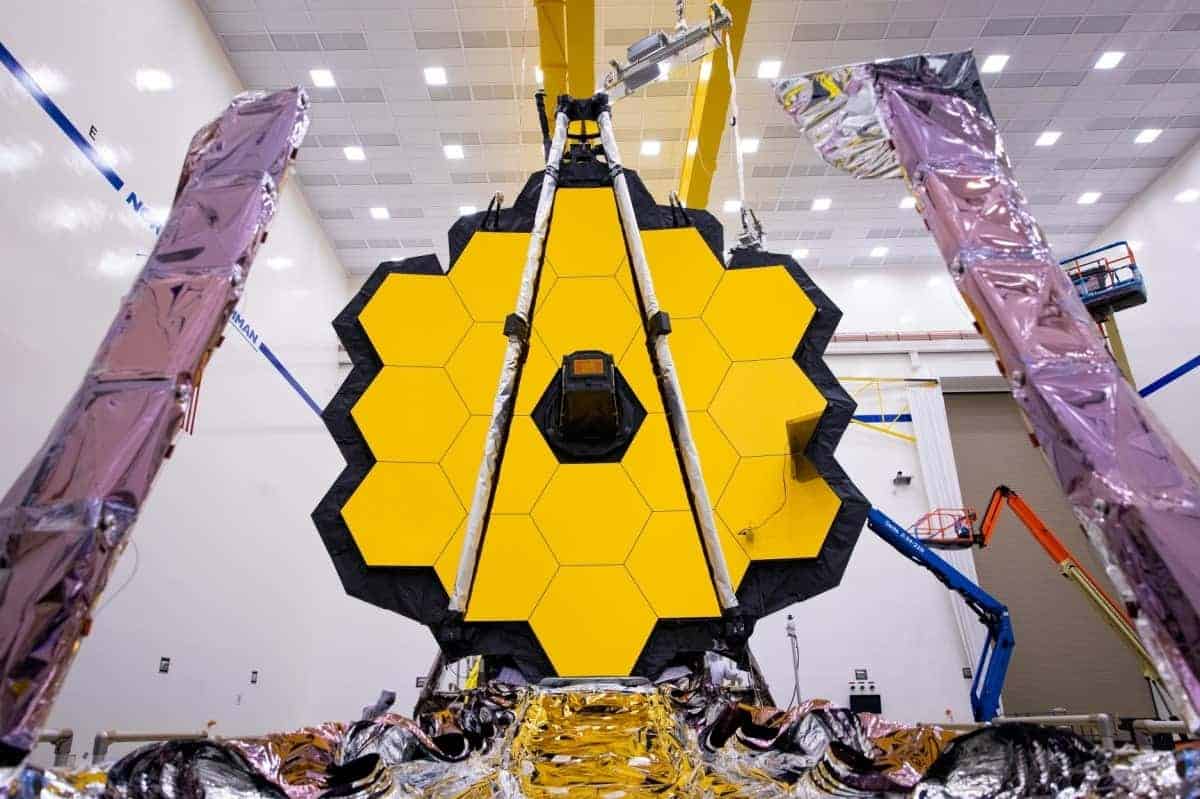
The James Webb Space Telescope (JWST) is an astronomical observatory project developed through collaboration between NASA, the European Space Agency (ESA), and the Canadian Space Agency (CSA). With a budget of approximately $8.8 billion, the JWST represents a significant investment in space exploration and promises to revolutionize our understanding of the universe.
The primary objective of the JWST is to serve as a powerful space-based observatory, enabling scientists to observe the cosmos in unprecedented detail. It is designed to operate in the infrared portion of the electromagnetic spectrum, allowing it to study objects and phenomena that are difficult or impossible to observe with other telescopes.
Did You Know?
It can capture infrared light without interference from atmospheric distortions, enabling clearer and more detailed observations.
6. Global Positioning System
Organization: US Space Force
Duration: 1978 to present
Status: Operational
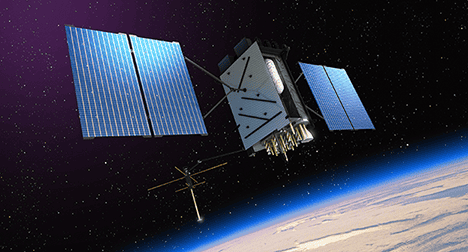
The Global Positioning System (GPS) is a satellite-based navigation system that provides users with precise positioning, navigation, and timing services worldwide. Developed and operated by the United States Space Force, the GPS has become integral to modern navigation and has transformed various industries and everyday life.
It consists of a constellation of satellites in orbit around the Earth. These satellites transmit signals from GPS receivers on the ground or in other vehicles. By calculating the time it takes for the signals to reach the receiver from multiple satellites and knowing the positions of those satellites, the GPS receiver can determine its precise location, velocity, and time.
Did You Know?
It is utilized in agriculture for precision farming techniques, outdoor recreation for activities like hiking and geocaching, and emergency response systems for locating and tracking individuals in distress.
5. Orion Spacecraft
Organization: NASA
Duration: 2014 to present
Status: Under construction
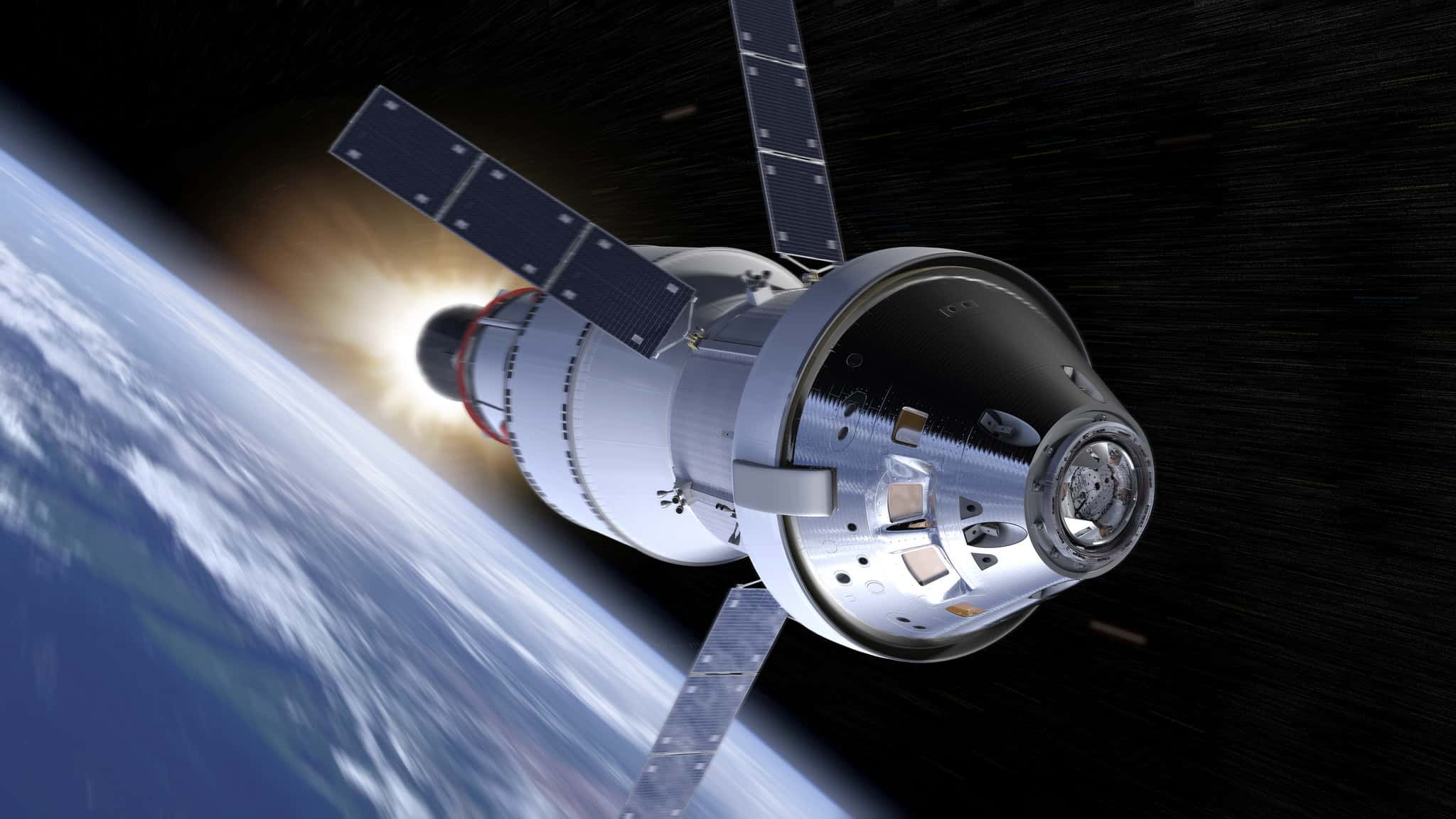
Orion is a spacecraft developed by NASA as part of its Artemis program with the goal of facilitating crewed missions beyond low Earth orbit. The development of Orion began in 2011, and the spacecraft is still under construction. It is designed to be a versatile vehicle capable of carrying astronauts to destinations such as the Moon, Mars, and potentially even asteroids in the future.
It represents a significant step forward in human space exploration, enabling astronauts to venture beyond Earth’s orbit and explore destinations beyond low Earth orbit. It will contribute to scientific discovery, technological advancement, and human presence in space, opening up new possibilities for future exploration and colonization of celestial bodies.
Did You Know?
The spacecraft’s name symbolizes NASA’s mission to explore deep space, just as the mythological Orion ventured into the unknown.
4. Space Launch System
Organization: NASA
Duration: 2011 to present
Status: Operational
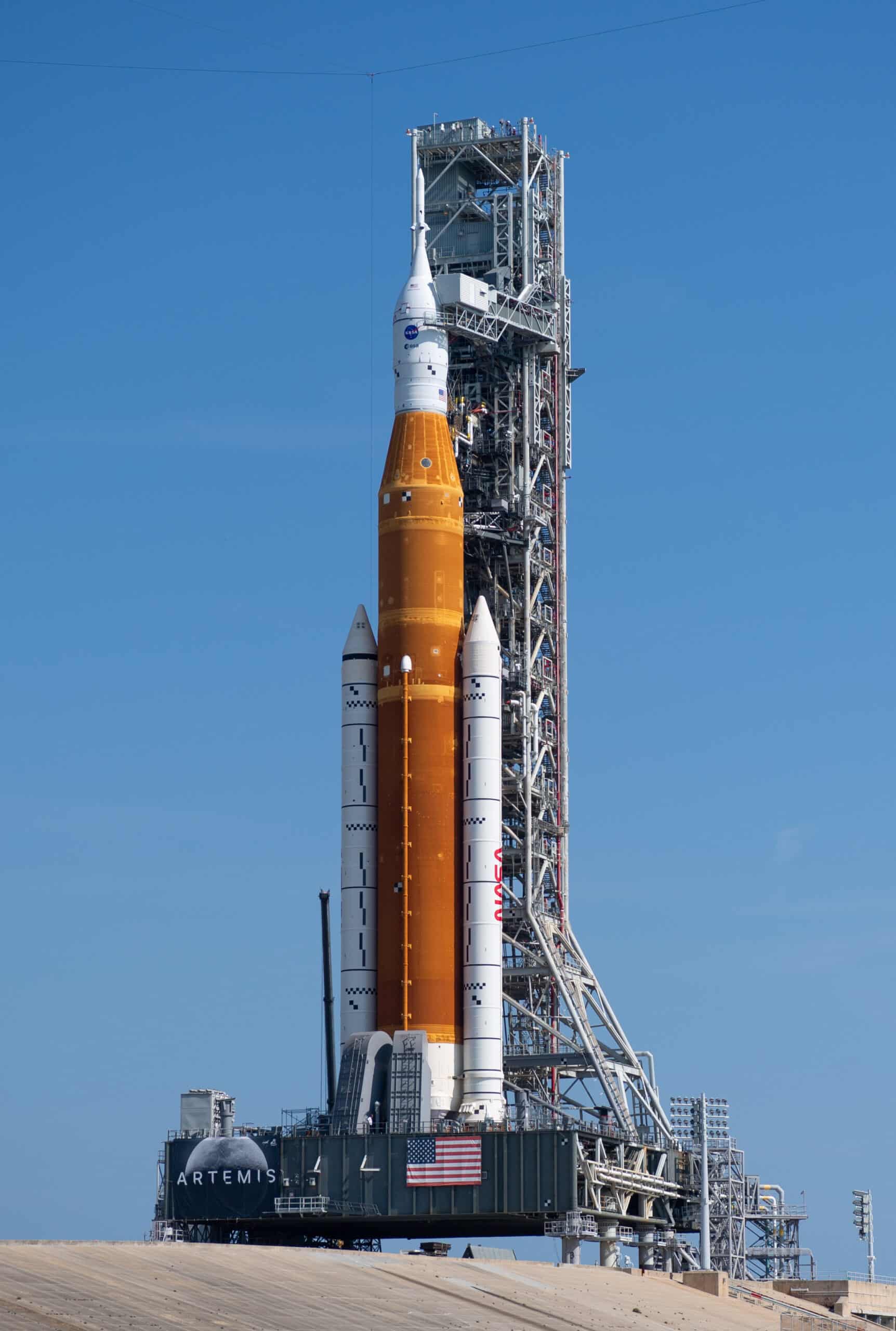
The development of the Space Launch System began in 2011 as a successor to the Space Shuttle program. It incorporates cutting-edge technologies and leverages existing systems to provide a reliable and versatile launch vehicle for various mission profiles. The SLS is designed to carry heavy payloads, including crewed spacecraft, habitats, and scientific instruments, to destinations beyond low Earth orbit.
The core stage of the SLS serves as the backbone of the rocket and is powered by four RS-25 engines derived from the Space Shuttle’s main engines. These engines, along with the solid rocket boosters attached to the sides, generate immense thrust, propelling the rocket into space.
Did You Know?
The SLS is designed to be the most powerful rocket ever built, capable of producing over 8.8 million pounds (39 million newtons) of thrust at liftoff
3. The Apollo Program
Organization: NASA
Duration: 1961 to 1972
Status: Completed
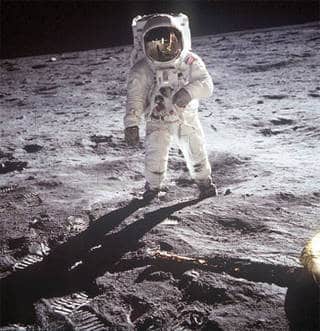
Apollo missions followed a sequential numbering system, with Apollo 1 being the first crewed mission intended to launch into Earth’s orbit. Tragically, Apollo 1 experienced a fatal fire during a pre-launch test 1967, resulting in the loss of three astronauts’ lives: Virgil “Gus” Grissom, Edward H. White II, and Roger B. Chaffee. This setback led to significant safety improvements in subsequent missions.
In total, the Apollo program included six successful Moon landings: Apollo 11 (1969), Apollo 12 (1969), Apollo 14 (1971), Apollo 15 (1971), Apollo 16 (1972), and Apollo 17 (1972). Each mission contributed to expanding our knowledge of the Moon’s geology, conducting experiments, and gathering valuable samples that provided insights into the Moon’s origins and history.
Did You Know?
The Apollo missions brought back 382 kilograms (842 pounds) of Moon rocks and soil samples.
2. International Space Station
Organization: NASA, Roscosmos, JAXA, ESA, CSA
Duration: 1998 to present
Status: Operational
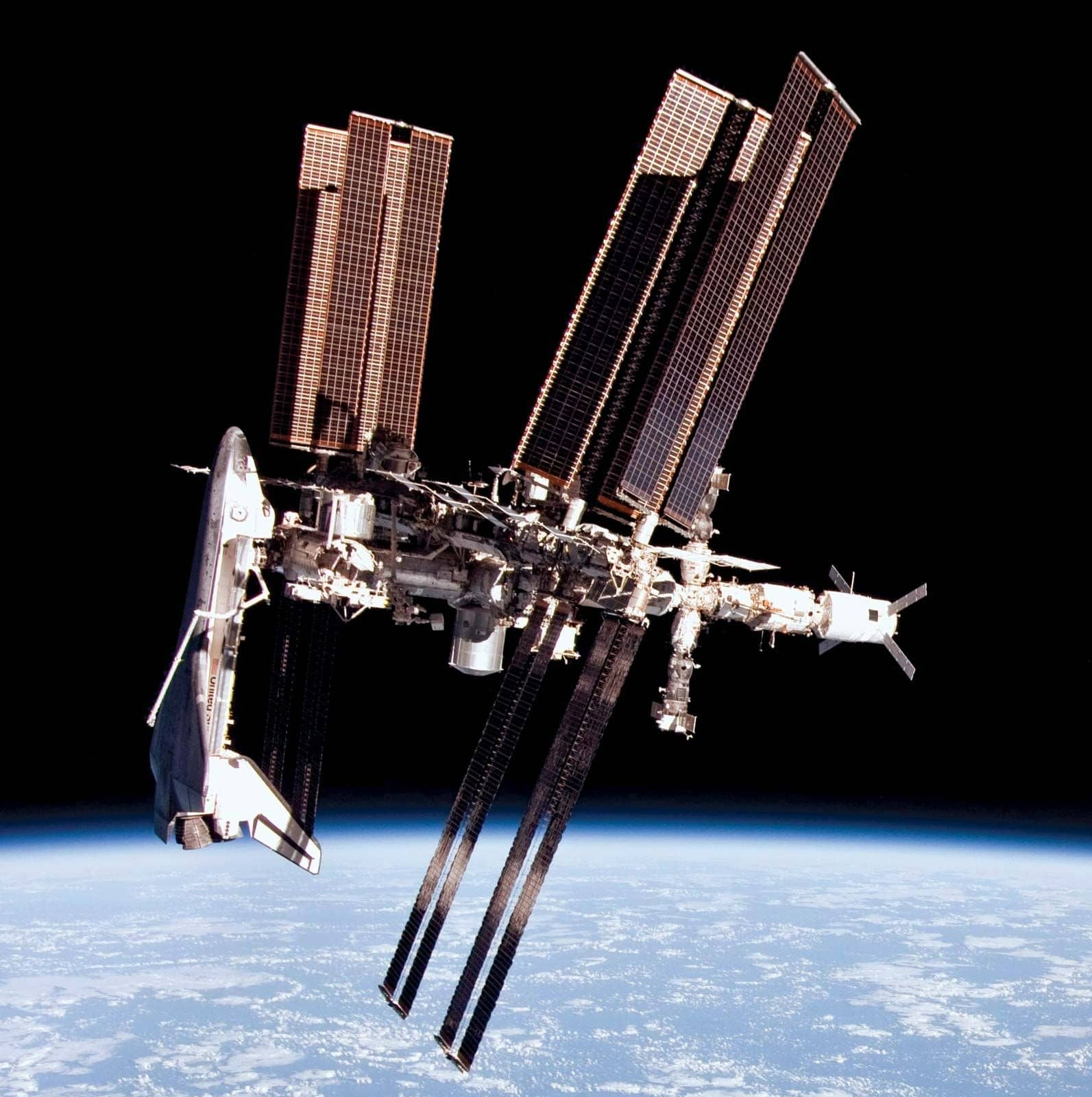
The International Space Station (ISS) is a collaborative space project involving several international organizations, including NASA (National Aeronautics and Space Administration) from the United States, Roscosmos from Russia, JAXA (Japan Aerospace Exploration Agency), ESA (European Space Agency), and CSA (Canadian Space Agency). It is a habitable space station in low Earth orbit that serves as a research laboratory and a platform for international cooperation in space exploration.
The ISS was first launched in 1998 and has been continuously inhabited since November 2000. Its assembly was a gradual process involving multiple space shuttle missions and the launch of various modules over the years. The ISS orbits at an altitude of approximately 400 kilometers (250 miles) above the Earth’s surface.
Did You Know?
It provides valuable insights into the effects of long-duration space travel on the human body and supports experiments in physics, biology, astronomy, and other fields.
1. Space Shuttle Program
Organization: NASA, Air Force
Duration: 1972 to 2011
Status: Completed
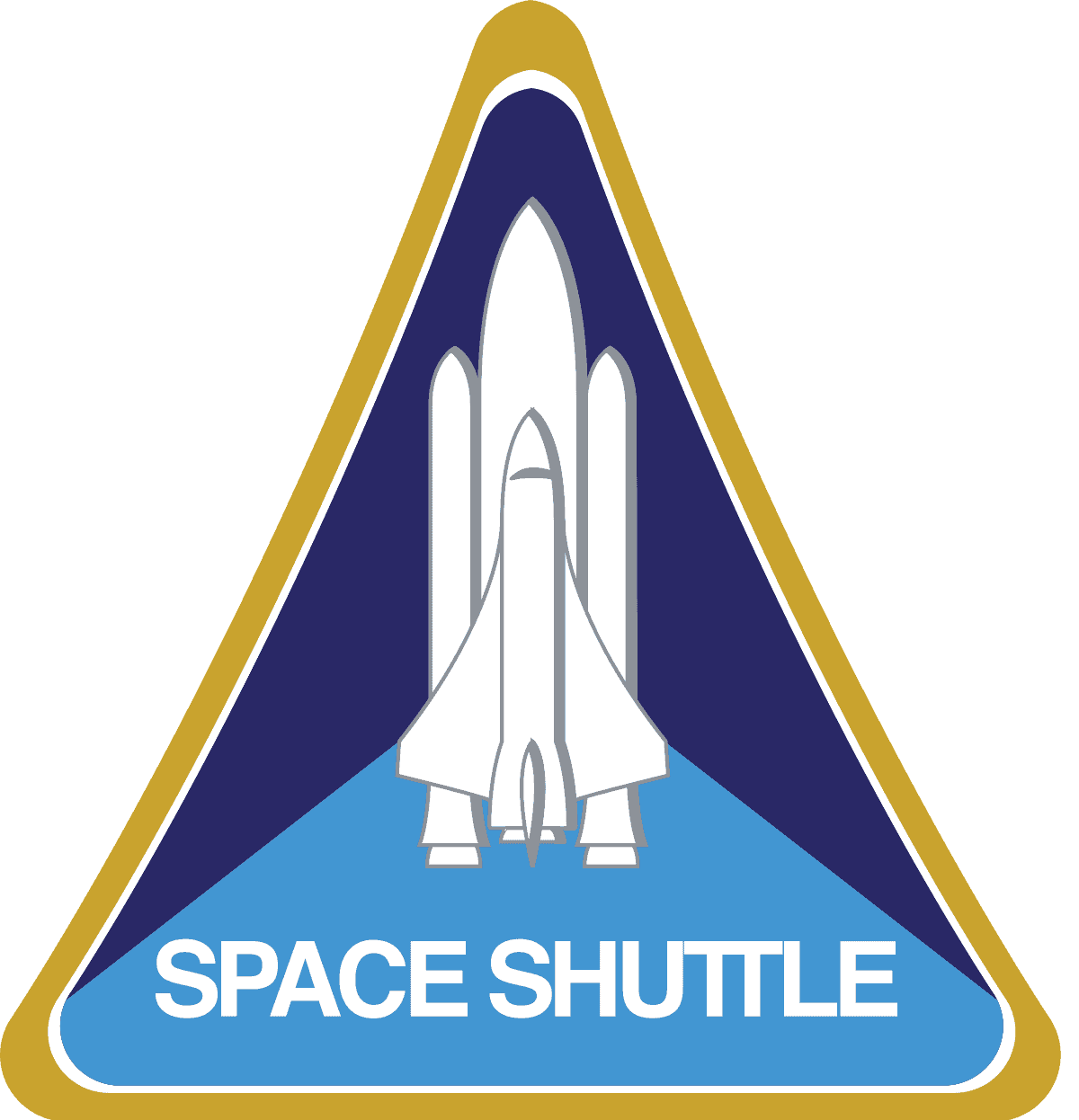
The Space Shuttle Program, the most expensive space mission, was a human spaceflight program conducted by NASA in collaboration with the United States Air Force. It involved developing and operating a fleet of reusable space shuttles designed to transport astronauts and payloads into space.
The program officially began in 1972, although its roots can be traced back to earlier concepts and spacecraft designs. The first space shuttle, named Columbia, made its inaugural flight on April 12, 1981. Over the course of the program, a total of five operational orbiters were built: Columbia, Challenger, Discovery, Atlantis, and Endeavour.
Did You Know?
The space shuttles were designed to be partially reusable, with the orbiter reusable for multiple missions. At the same time, the solid rocket boosters and the external fuel tank were discarded and replaced for each launch.
